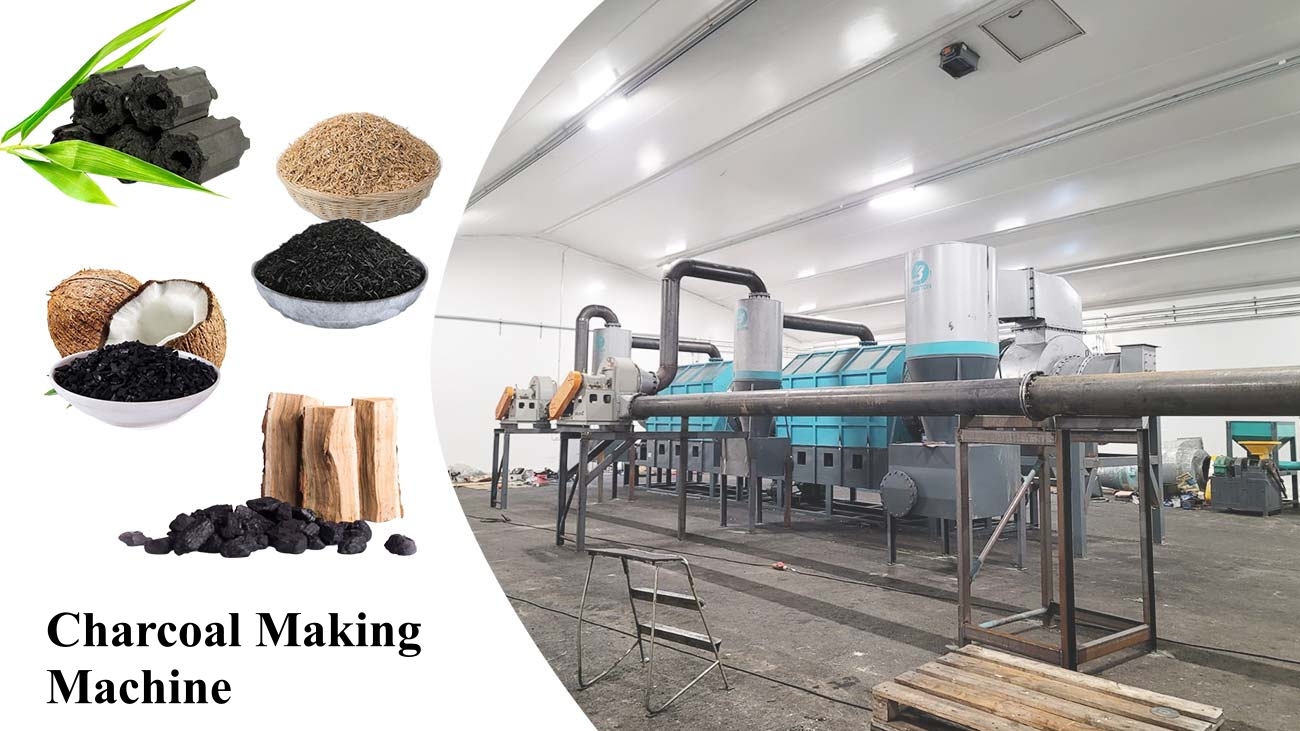The Role of Charcoal Making Machines
Embarking on the journey of establishing a charcoal production business entails a meticulous examination of various cost factors, each playing a pivotal role in shaping the feasibility and profitability of the venture. From the procurement of raw materials to the acquisition of state-of-the-art charcoal making machines, understanding the economics behind constructing a charcoal production enterprise is essential for aspiring entrepreneurs and industry stakeholders.
Land Acquisition and Site Development
Furthermore, land acquisition and site development constitute essential components of constructing a charcoal production business. Securing suitable land for setting up production facilities and ensuring compliance with zoning regulations and environmental permits entail additional costs and administrative complexities that must be factored into the overall budget.
Regulatory Compliance and Permitting Processes
Moreover, regulatory compliance and permitting processes impose financial obligations on charcoal production enterprises, with expenses related to environmental assessments, emissions monitoring, and waste management protocols contributing to the construction costs. Ensuring adherence to stringent regulatory standards not only mitigates legal risks but also fosters a reputation for environmental stewardship and corporate responsibility.
Infrastructure and Equipment Requirements
In addition to coconut shell/rice husk/straw/bamboo/sawdust/wood charcoal making machine, other infrastructure and equipment requirements contribute to the construction costs of a charcoal production facility. These may include biomass processing equipment, drying ovens, carbonization chambers, and packaging machinery, each tailored to the specific needs and scale of the operation.

Labor Costs and Workforce Development
Labor costs represent another significant component of constructing a charcoal production business, encompassing wages for skilled operators, technicians, and administrative personnel involved in plant operations and management. Investing in workforce training and capacity building initiatives further adds to the overall cost of human resources development.
Market Dynamics and Economic Factors
Beyond direct construction costs, entrepreneurs must also consider indirect expenses such as utilities, insurance, taxes, and financing charges associated with capital investments. These overhead costs, while less tangible than upfront expenditures, nevertheless impact the financial viability and long-term sustainability of charcoal production ventures.
Furthermore, market dynamics and economic factors such as fluctuations in raw material prices, energy costs, and exchange rates can influence the overall construction costs and profitability of charcoal production businesses. Conducting comprehensive market research and feasibility studies is essential for identifying potential risks and opportunities in the competitive landscape.

In conclusion, the costs of constructing a charcoal production business encompass a spectrum of investments ranging from biochar production equipment and infrastructure to labor, land, and regulatory compliance. While the upfront expenditures may seem daunting, the potential for revenue generation, job creation, and environmental impact mitigation underscores the value of charcoal production as a sustainable and economically viable business opportunity. As global efforts to combat climate change and promote renewable energy intensify, the role of charcoal production in fostering sustainable development and green entrepreneurship becomes increasingly significant.